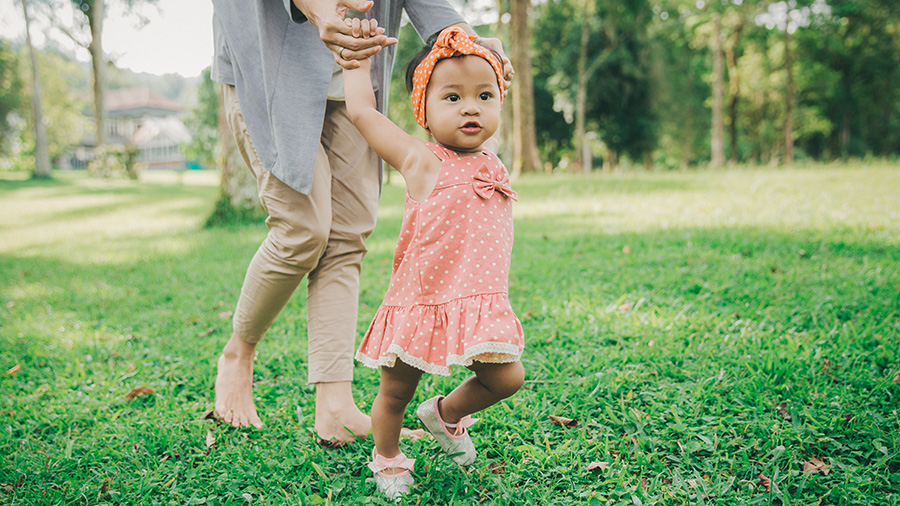Why are we so tolerant of certain kinds of unsuccessful behaviors in children, but not in adults?
When a child stumbles and falls while learning to walk, no one says, “Don’t fall down, you bad baby!” Of course the baby falls down, before developing the capability, the knowledge, the skill, and the strength to walk.
Everyone encourages the baby: “You’re okay! Get up! Try again! You can do it! Hold my hand!” And the baby, with much practice and some well-placed encouragement, walks. If the baby is slower to progress than his peers, we may worry — and we may focus more on helping the baby walk. But we’re very cognizant of the baby’s stage of development, and rarely do we treat a baby as being at fault unless we believe the baby is actively resisting.
Maybe that’s the difference. With adults who don’t see what we see, or don’t do what we think they should do, we may not consider whether they have the capability or knowledge, skill or strength to accomplish what we expect. Instead, we assume that they are choosing not to perform — that they could, in fact, perform successfully if only they decided they wanted to.
From Baby Steps to Giant Steps
It helps to keep a baby’s perspective in mind when it comes to supporting other adults in achieving success.
Babies can see who is walking: Big people model walking all the time, both in real life and in the media. There are lots and lots of examples of grownups walking, and it becomes clear to the baby that walking is what successful, autonomous, powerful, big people do.
Babies also learn quickly about the comparative effectiveness and desirableness of walking vs. other modes of moving: Walking lets you get farther faster than crawling. Walking also lets you get away from what you don’t like and to explore what you do like much more easily than you can on your knees or butt.
Babies notice the reaction of other people when they do manage to stagger just a few steps: They’re greeted with smiles, handclaps, happy exclamations, and kisses.
And babies receive help when they fail. They experience both comfort and care whenever they fall down: They’re picked up, soothed, and encouraged to try again.
Babies get it! There’s a how, a why, a reward, and support for their learning to walk.
Of course, you can’t expect the enormous success rate for employee development that you can for babies learning to walk, but the key lessons and requirements are still present in almost anything adults need to learn, including running a meeting, drafting a budget, and leading a team — all kinds of roles and responsibilities in between.
So try not to complain about “babysitting” the adults in your span of control. Think about what babies need to be successful, and try to build in some of that support.
Onward and upward,
LK

